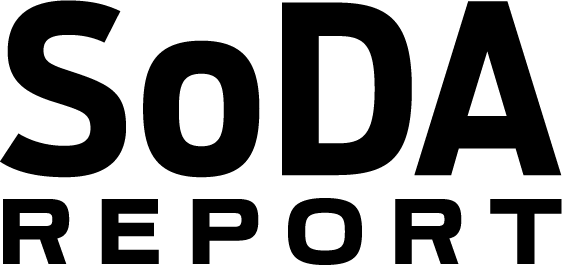Empowering Your People
by Imma Trillo, Media.Monks
As the Omicron variant closed out 2021, agencies that had begun making their return to the office were challenged once again to re-evaluate the best approach to getting people together again. Some may have even had to close offices that were already beginning to fill as the year went on.
While Omicron's fast spread is concerning, the return-to-office phase remains inevitable. And now is an excellent time to carefully consider what a return to the office means for your team.
The pivot to working from home should have been a moment to reset and rethink how our teams connect and collaborate to do their best work. But how many have managed to do so successfully? As noted in a recent piece in the Harvard Business Review, "Instead of taking advantage of this opportunity to improve how we work, most organizations simply took their offices online, along with the bad habits that permeated them." As leaders in digital agencies, our job is to creatively solve challenges, so as not to repeat our mistakes.
Instead, Solve it Together
A core value at Media.Monks is that we solve it together: we are a diverse team of thinkers and makers, and when we come together, we're able to achieve what no one else can. With a big question to solve—what does the ideal workspace look like for our people?—we knew the best way to find our answer was to tap into the knowledge of our people.
The future return to the office presents a valuable opportunity to evaluate what works, what doesn't, and to provide viable solutions for the things that matter most to our employees. Across all of Media.Monks, that means enabling collaboration, creativity, engagement and flexibility.
Gather Input From Your Team
There's been lots of positives to come out of working from home in the last few years, despite some of the frustrations mentioned above. Many have felt liberated by their ability to create a workspace customized to their individual needs, or to work for a business that otherwise would not be available to them based on their location. It's clear that there can be no return to business as usual, because the traditional setup just didn't work for everyone.
In our own journey to understand what was working and what wasn't, we partnered with an external consultant to conduct studies on the global, regional and local levels. The studies focused on work patterns (how important was face-to-face collaboration?) and an ideal work environment (what would make our people feel safe to return?). In addition to understanding our people's preferences for the future, we also wanted to reassess prior ways of working (how did people commute pre-pandemic, and would they do it the same way now?). Collecting data across our global team was the crucial first step in planning a return-to-work strategy everyone could be happy with.
Plan for a Flexible Future
Working remotely over the last two years has given people the chance to act on their preferences and create individual environments that work for them. It became clear that a return to the office could not be a one-size-fits-all solution, and our data helped us develop a series of personas that varied in their need to meet with clients or colleagues face-to-face. Some people require the ability to meet with a client at the drop of a hat, or to collaborate closely with colleagues. Others, meanwhile, thrive on taking time alone to focus on deep work without interruption.
Creating space for flexibility to accommodate these different personas is crucial as many have scrapped their return-to-office plans for ones that are designed more around the needs of specific roles and teams—which should have been the strategy to begin with. But it also opens a door to find other aspects of the employee experience that could use a refresh, like recruiting.
In our case, these personas will help us establish new roles and assess the need of their proximity to the cities where we have offices. For example, our pivot to virtual and hybrid events has been strengthened by building teams of distributed broadcast talent who work in unison around the world, freeing us from only working with or recruiting only for talent concentrated in large cities. This is just a small, but impactful, way that input from our people will continue to shape the recruitment and onboarding stages of the employee experience, resulting in better work for our clients.
Of course, it's important to reconsider how to make the office space more welcoming and productive; when visiting the office is optional, it must be viewed as a destination that people are excited to experience. With our personas defined, we mapped out the amenities, spaces and tools they were likely to need, as well as the activities that would bring them into the office. Slightly home-leaning employees expressed a desire to collaborate in-person, while fully home-leaning employees expressed space to socialize and connect. Whatever your employees value, treat the next year as a period of experimentation; the hybrid model should be tried, tested and adjusted over time.
In our industry, it's important to move with the market and adapt—not only to the changing needs of clients, but also of your employees. It's worth remembering that we're navigating this change amid the backdrop of the “Great Resignation,” and with shifts from one job to another being common, offering everyone the possibility to work in the environment that best helps them thrive—either at home, in the office or a mix of both—is meaningful. When you have tailored your environment for camaraderie, building relationships and feeling productive and engaged with your peers, you may have added a significant reason for your people to stay.
With our industry now at an incredible crossroads, I look forward to seeing how our peers reorient themselves around their employees’ needs and create better work-life situations for them—and on our own journey, we’ll continue to lean on the needs and insights of our team.
Imma Trillo, Media.Monks


